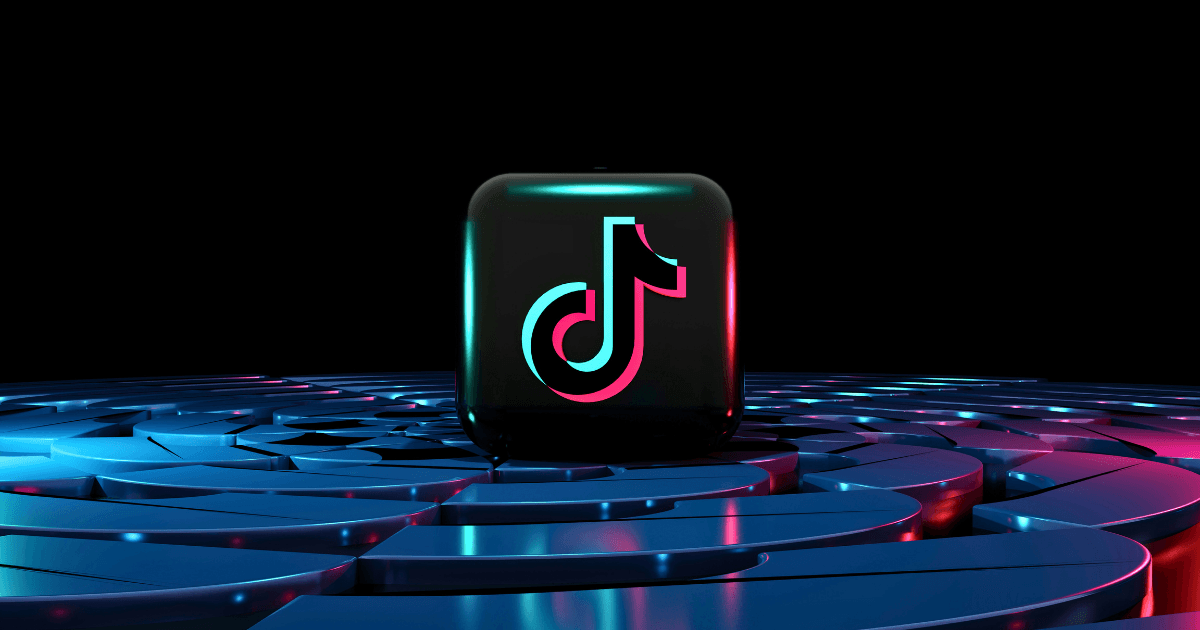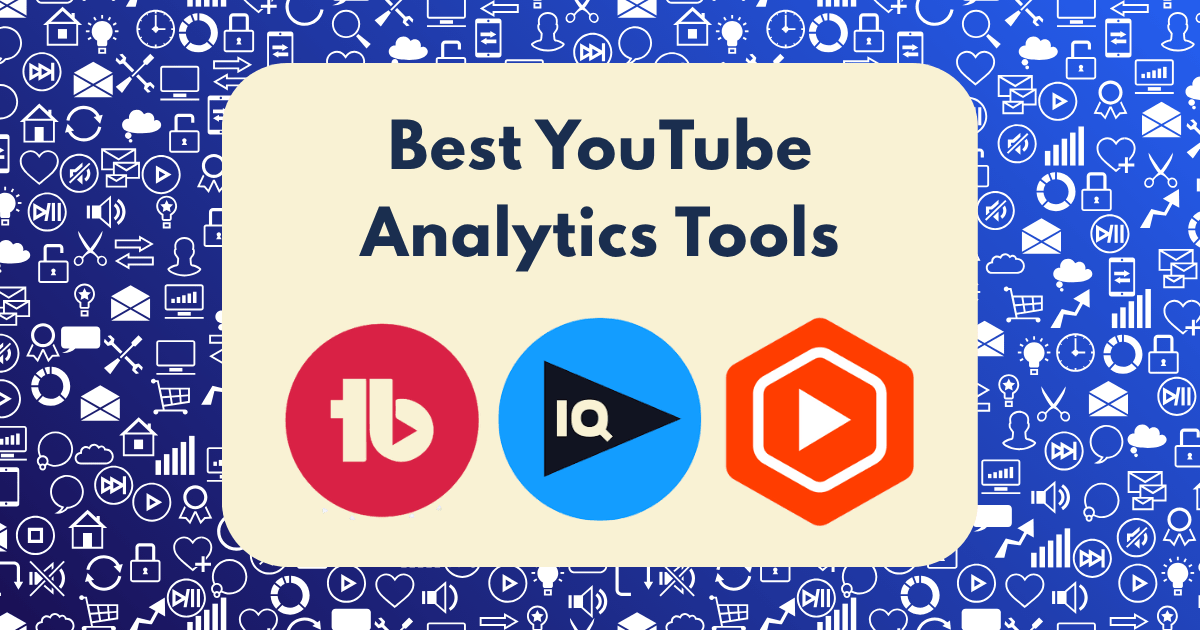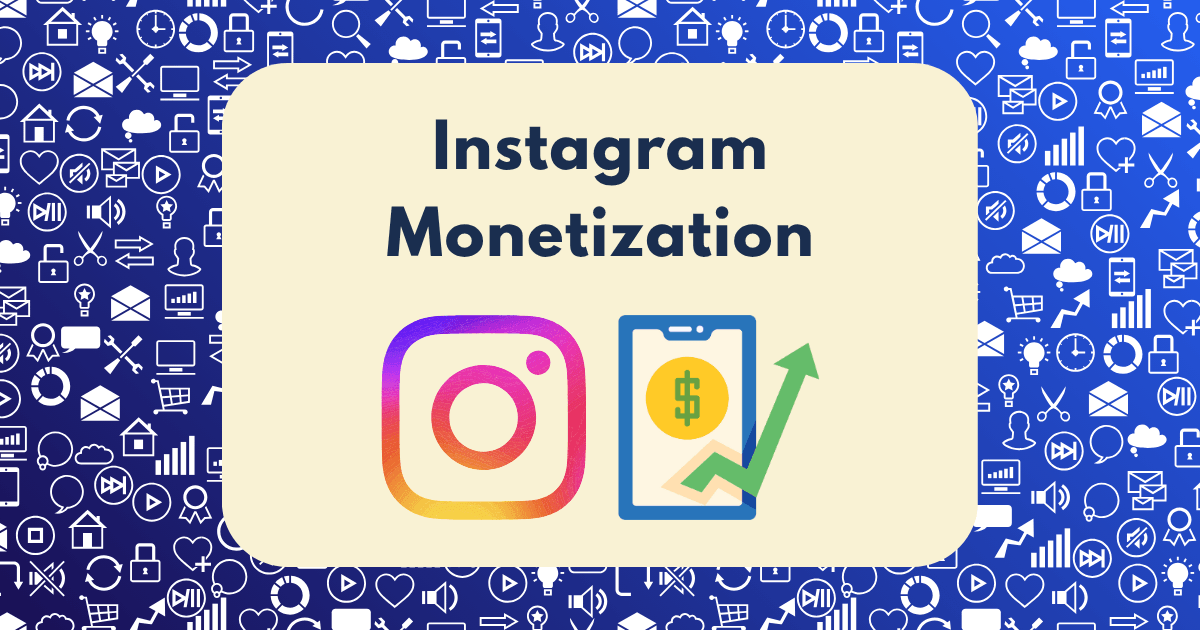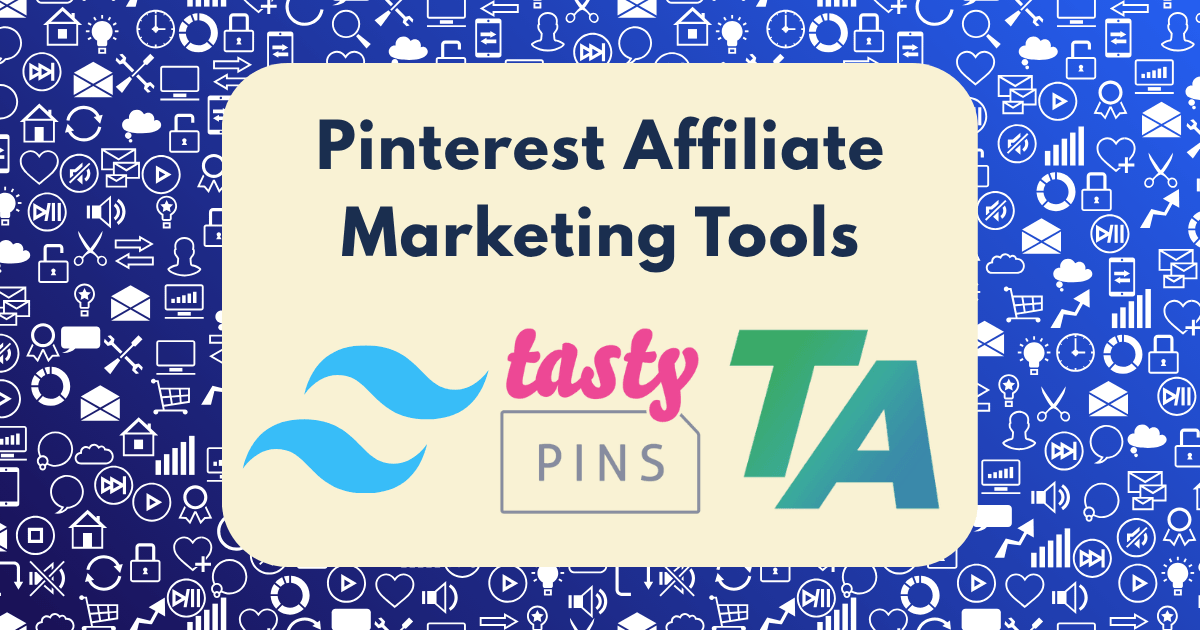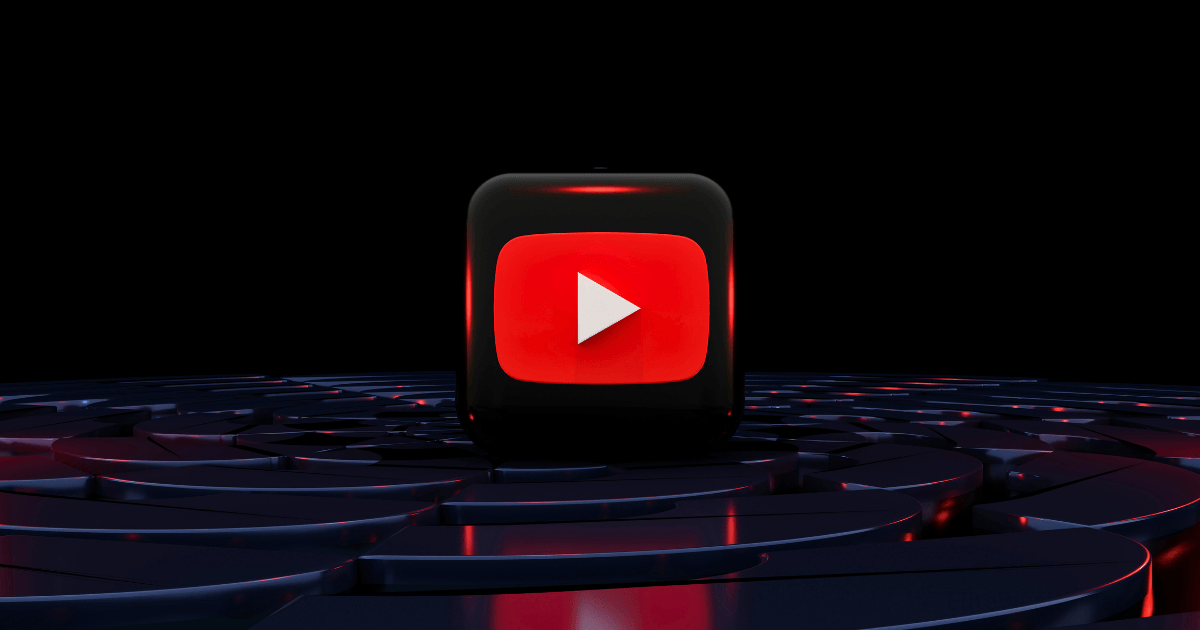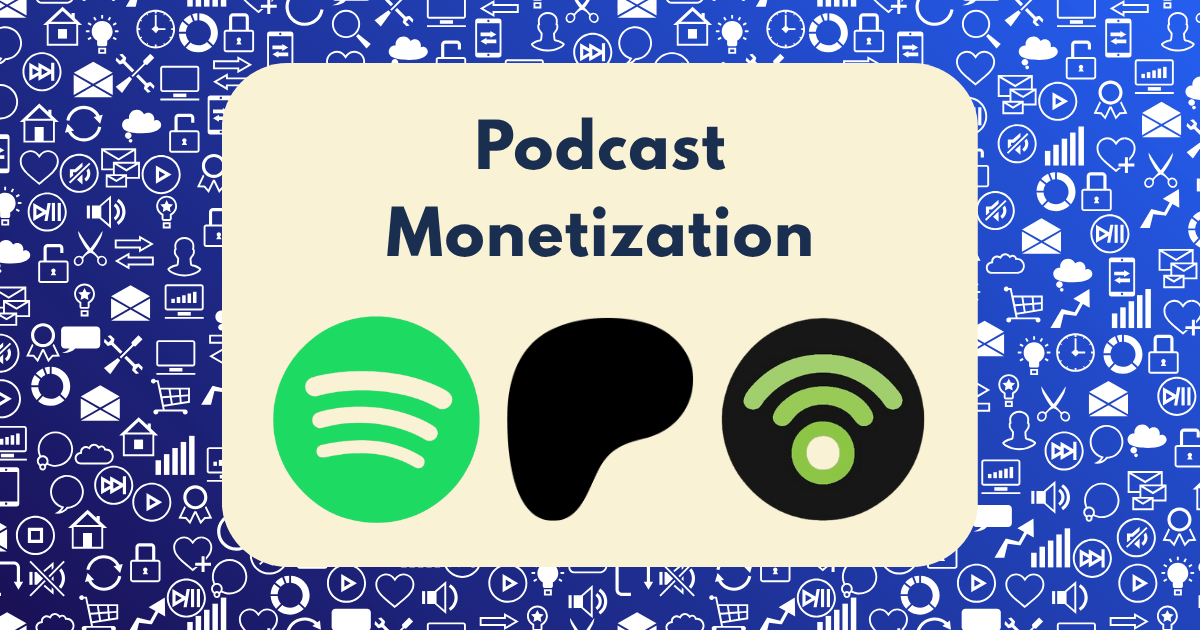Facebook Group Monetization: Building a 6-Figure Business From a Free Community
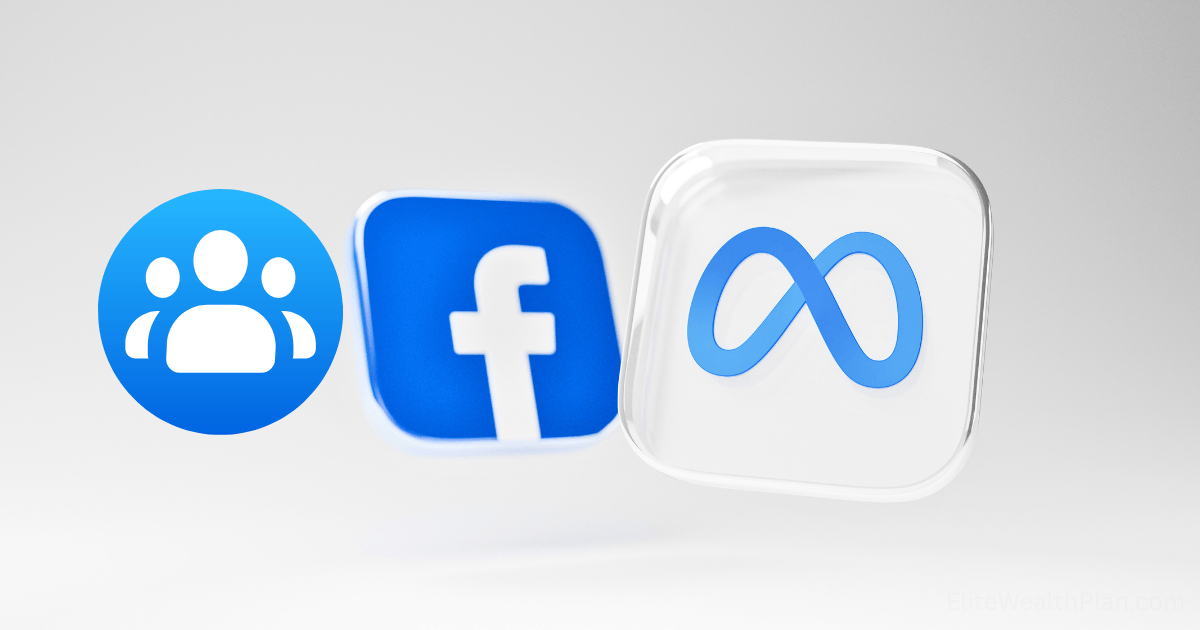
Three years ago, I was drowning in credit card debt, working a soul-crushing 9-to-5, and desperately seeking a way out.
My “brilliant” solution? Start yet another dropshipping store—my fourth failed attempt at entrepreneurship.
But then I stumbled upon something that would completely transform my financial future: Facebook Groups.
Not as a member, but as a strategic creator.
Today, that “random” Facebook Group I started has evolved into a thriving business generating over $42,000 monthly—without running a single paid ad.
In this comprehensive guide, I’ll walk you through the exact framework I used to transform a free Facebook community into a sustainable six-figure business, including the mistakes that nearly cost me everything.
The Untapped Goldmine: Why Facebook Groups in 2025
Before diving into tactics, let’s address why Facebook Groups remain one of the most undervalued business assets in 2025:
- Massive built-in audience: Facebook has over 3.07 billion monthly active users (Kajabi, 2025)
- Algorithm advantage: Facebook prioritizes Group content in members’ feeds, resulting in higher organic reach than Pages or personal profiles
- Direct access to your audience: Groups provide unfiltered access to your community without algorithm restrictions
- High-intent members: People who join Groups are actively seeking solutions, not passively scrolling
- Trust accelerator: Groups foster deeper relationships than follower-based platforms
According to Mighty Networks research, while most creators focus on follower counts and viral content, community builders are quietly generating substantial revenue—with the average paid membership community charging $48 per month per member.
The Community-First Business Model: My $0 to $250K Framework
The fundamental mistake most people make is treating Facebook Groups as marketing channels rather than standalone business assets.
Here’s the framework I developed that transformed my Group from a simple discussion forum into a thriving business ecosystem:
Phase 1: Strategic Foundation (Months 1-3)
The first three months are critical for establishing the right foundation. Here’s exactly what I did:
1. Hyper-Specific Niche Selection
I didn’t create a broad “digital marketing” group. Instead, I focused on “Email Marketing Automation for E-commerce Store Owners”—a specific pain point I had personal experience solving.
This specificity accomplished two things:
- Attracted members with very specific problems (and willingness to pay for solutions)
- Positioned me as an authority in a defined space rather than a generalist
2. Value-First Content Strategy
I committed to posting high-value content daily following this formula:
- Monday: Case study or success story
- Tuesday: Step-by-step tutorial
- Wednesday: Tool or resource review
- Thursday: Common mistake breakdown
- Friday: Q&A session
- Weekend: Community spotlight
This consistent value delivery established my expertise without ever mentioning paid offerings.
3. Engagement Architecture
Rather than hoping for organic interaction, I designed specific engagement triggers:
- Decision-based polls: “Which of these subject lines would you open?” (90%+ engagement rate)
- Experience-sharing prompts: “What’s your biggest email marketing win?” (builds community through shared experiences)
- Problem-solving challenges: “Help Sarah fix her abandoned cart sequence” (positions members as contributors)
According to GroupBoss data, groups with structured engagement strategies see 3-5x higher member activity, directly correlating with monetization potential.
Phase 2: Trust Acceleration (Months 4-6)
With the foundation established, I focused on building deep trust through these specific strategies:
1. Micro-Win Generation
I identified the smallest, quickest wins members could achieve and created content specifically to deliver these immediate results:
- 5-minute templates they could implement immediately
- Swipe files for common email scenarios
- One-click automation setups
These micro-wins created immediate positive associations with my expertise.
2. Strategic Vulnerability
I regularly shared my own failures and lessons learned:
- The campaign that lost me $12,000
- The client I nearly lost due to a technical mistake
- The embarrassing email I sent to 50,000 people
This counterintuitive approach actually strengthened my authority by demonstrating experience and authenticity.
3. Community Contribution Systems
I implemented a “spotlight” system where members could showcase their own expertise:
- Member success spotlights
- Expert contribution threads
- Implementation showcases
This transformed the group from “my community” to “our community”—a critical psychological shift for long-term engagement.
Phase 3: Strategic Monetization (Months 7-12)
Only after establishing value and trust did I introduce monetization elements:
1. The Ascension Model
I created multiple entry points at different price levels:
- Entry level: $27 email sequence templates
- Mid level: $197 monthly membership program
- Premium level: $997 comprehensive system
- Elite level: $4,500 done-with-you implementation
This allowed members to self-select based on their needs and resources.
2. Problem-Specific Solutions
Instead of creating generic “how to do email marketing” products, I developed solutions for very specific pain points I observed in the group:
- “The 72-Hour Recovery System” for fixing deliverability issues
- “The E-commerce Email Engine” for abandoned cart optimization
- “The Segmentation Mastery Blueprint” for improving email relevance
This specificity dramatically increased conversion rates compared to broader offerings.
3. Exclusivity Triggers
I leveraged psychological triggers to enhance perceived value:
- Limited enrollment periods
- Application-only mastermind groups
- Capacity constraints on high-touch offerings
These constraints created natural urgency without manipulative tactics.
The Monetization Mix: 7 Revenue Streams From One Facebook Group
The key to building a sustainable six-figure business from a Facebook Group is diversification. Here’s my exact revenue breakdown:
1. Premium Membership Community: $18,700/month
My flagship offering is a paid membership community that extends beyond Facebook onto a dedicated platform (Mighty Networks).
Key elements:
- $97/month or $970/year
- Weekly live training sessions
- Private community separate from the free Facebook Group
- Monthly expert workshops
- Template and resource library
According to Mighty Networks data, 77% of communities that offer paid plans successfully sell them, with paid communities having 60% more active members than free ones.
2. Online Courses: $9,300/month (average)
Based on common questions and challenges in the Group, I developed three core courses:
- “Email Automation Mastery” ($497)
- “Conversion Copy Formula” ($397)
- “List Growth Accelerator” ($297)
These courses address specific pain points identified through group discussions, making sales conversations natural extensions of existing threads.
A programming group using this same strategy reported earning $27,000 from selling various coding courses to their community members (GroupBoss, 2025).
3. Implementation Sprints: $6,000/month (average)
Quarterly 30-day implementation programs where members execute specific strategies with my guidance:
- “List-Building Sprint” (January)
- “Automation Overhaul Sprint” (April)
- “Conversion Optimization Sprint” (July)
- “Year-End Revenue Sprint” (October)
Each sprint is priced at $497, with an average of 36 participants per quarter across all sprints.
4. One-on-One Consulting: $4,000/month
Limited availability consulting (only 4 slots per month):
- $1,000 per month per client
- 2 x 60-minute calls
- Email support
- Implementation review
The limited availability creates natural scarcity, and I only promote this when slots open up.
According to industry data, consultation services in specialized niches can range from $150 to $500 per hour.
5. Affiliate Partnerships: $2,800/month (average)
Strategic partnerships with complementary tools and services:
- Email marketing platforms
- Landing page builders
- Analytics tools
- Design resources
Key to success: I only recommend tools I personally use and have thoroughly vetted.
A tech-focused Facebook Group reported making $4,000 monthly through strategic affiliate partnerships.
6. Digital Products: $1,200/month (average)
Low-priced, high-value resources that solve specific problems:
- Template packs ($27-$47)
- Swipe files ($17-$37)
- Checklists and frameworks ($7-$27)
These serve as both revenue generators and “gateway” products to higher-ticket offerings.
7. Virtual Summit: $12,000 (twice yearly)
Bi-annual virtual summit featuring experts in the email marketing space:
- $97 early-bird ticket
- $147 regular price
- $197 VIP (includes recordings and bonuses)
With an average of 400 attendees per event, this generates approximately $24,000 yearly.
The Psychological Principles Behind Community Monetization
Understanding the psychology behind community monetization dramatically improved my conversion rates. Here are the key principles I leverage:
1. Reciprocity Loop
By consistently providing free, high-value content, I trigger the reciprocity principle—members feel naturally inclined to “give back” by purchasing offerings.
Implementation: I track my “give-to-ask ratio,” ensuring I provide at least 15 pieces of free, valuable content for every promotional message.
2. Social Proof Amplification
I systematically collect and showcase results, creating a virtuous cycle of social proof.
Implementation: Each success story is formatted into a case study with specific metrics and shared both within the group and on my website, creating a repository of proof.
3. Identity Transformation
The most powerful monetization strategy is helping members adopt a new identity aligned with their goals.
Implementation: I frame offerings not around features but around who members will become through implementation—”struggling store owner” to “email marketing specialist.”
4. Micro-Commitment Escalation
I create pathways of increasing commitment before asking for significant investment.
Implementation: Free challenges → low-cost templates → mid-tier courses → high-end implementation programs
According to Mighty Networks research, communities that implement strategic commitment escalation see 60% higher conversion rates to paid offerings.
Case Study: From 0 to 500 Paying Members
Let me share the specific journey of growing my premium membership from launch to 500 members:
Month 1: Foundation (17 Members)
- Launched with a 7-day free trial
- Converted 17 of 32 trial members (53% conversion)
- Revenue: $1,649/month
Key Strategy: Personal outreach to highly engaged free group members
Months 2-3: Social Proof Building (43 Members)
- Focused on generating early wins for founding members
- Created a “results spotlight” highlighting member achievements
- Revenue: $4,171/month
Key Strategy: Weekly implementation sessions ensuring member results
Months 4-6: Systematic Growth (127 Members)
- Implemented monthly “free preview” events
- Created a member referral program ($100 commission)
- Revenue: $12,319/month
Key Strategy: Turning members into advocates through a formalized referral system
Months 7-12: Scaling Systems (312 Members)
- Developed automated onboarding sequence
- Created “success path” for new members
- Added specialized content tracks for different business types
- Revenue: $30,264/month
Key Strategy: Segmentation based on business type and experience level
Year 2: Optimization (500+ Members)
- Increased price to $127/month for new members
- Added advanced implementation modules
- Enhanced community experience with facilitated networking
- Revenue: $48,500+/month
Key Strategy: Increasing value while gradually raising prices for new members
Common Monetization Mistakes (That I Made So You Don’t Have To)
My journey wasn’t without costly errors. Here are the biggest mistakes I made and how to avoid them:
Mistake #1: Premature Monetization
I initially tried selling a course just two weeks after launching the group. Result: zero sales and damaged trust.
Solution: Follow the 90-day rule—provide pure value for at least three months before any monetization attempt.
Mistake #2: Misaligned Offerings
My first product was a comprehensive “A-Z” course, but group discussions revealed members needed specific solutions to immediate problems.
Solution: Create offerings that directly address the most commonly discussed challenges in your group.
Mistake #3: Inconsistent Engagement
Early on, I would post intensively for a week, then disappear for days when client work got busy.
Solution: Develop a content calendar and batch-create posts to ensure consistent presence even during busy periods.
Mistake #4: Neglecting the Free Community After Monetization
Once my paid community launched, I initially reduced investment in the free Facebook Group.
Solution: The free community is your pipeline—continue investing in its growth and engagement even as you scale paid offerings.
Mistake #5: Overcomplicating the Business Model
I initially tried launching too many different revenue streams simultaneously, creating confusion and diluting focus.
Solution: Master one revenue stream at a time, only adding new ones after establishing systems for existing offerings.
The Ethical Monetization Framework
Building a six-figure business from a Facebook Group requires balancing profit with purpose. Here’s my ethical framework:
1. Value-First Validation
Before creating any paid offering, I validate it through free content. If the free version gets exceptional engagement, I develop a premium version with enhanced implementation support.
2. Results-Based Pricing
I price offerings based on the concrete results they deliver, not arbitrary market rates or my time investment.
3. Satisfaction Guarantee
All products include a results-based guarantee—if members implement the strategies and don’t see results, they get a refund plus compensation for their time.
4. Continuous Reinvestment
I reinvest 30% of profits into improving both free and paid community experiences through better systems, additional resources, and expert guest contributors.
Your 90-Day Roadmap to Facebook Group Monetization
Ready to build your own community-based business? Here’s your step-by-step implementation plan:
Days 1-30: Foundation Building
- Define your hyper-specific niche (intersection of your expertise and market demand)
- Create group rules and culture documents
- Develop 30 days of core content in advance
- Invite initial 50-100 members from your existing network
- Establish daily engagement rituals
- Create a simple lead magnet aligned with group topic
Days 31-60: Engagement Optimization
- Analyze highest-performing content types and double down
- Implement weekly live video Q&A sessions
- Create engagement-focused polls and discussion starters
- Begin identifying common challenges and pain points
- Start highlighting member wins and contributions
- Build your email list through a group-exclusive resource
Days 61-90: Monetization Preparation
- Survey members about their biggest challenges
- Create a low-priced “gateway” product ($27-$97)
- Develop a launch strategy for your initial offering
- Establish clear metrics for measuring success
- Prepare your sales page and checkout system
- Build anticipation through “coming soon” messaging
Day 91+: Strategic Launch
- Release your initial offering to group members
- Provide exceptional support to early adopters
- Document results and testimonials
- Refine offering based on feedback
- Begin planning your next value iteration
The Future of Facebook Group Monetization
As we move through 2025, several trends are reshaping how Facebook Groups can be monetized:
1. Hybrid Community Models
The most successful group owners are creating ecosystems that span multiple platforms:
- Facebook Group for discovery and initial engagement
- Dedicated community platform for premium experiences
- Mobile apps for convenience and enhanced features
2. AI-Enhanced Community Management
Artificial intelligence tools are increasingly being used to:
- Identify trending topics within group discussions
- Flag potential product opportunities
- Personalize member experiences
- Automate routine engagement
3. Micro-Community Specialization
Rather than building one massive group, forward-thinking creators are developing constellations of smaller, hyper-focused communities with tailored offerings for each.
4. Experience-Based Monetization
Beyond digital products and memberships, innovative group owners are creating transformational experiences:
- Destination retreats
- Hybrid virtual/in-person events
- Immersive implementation programs
Final Thoughts: The Sustainable Advantage
While most online business models are increasingly competitive and algorithm-dependent, community-based businesses offer a sustainable advantage: relationships.
When you build a thriving community around shared challenges and aspirations, you create an asset that transcends platforms, algorithms, and trends.
The question isn’t whether you can build a six-figure business from a Facebook Group—it’s whether you’re willing to invest in the value creation and relationship building required for sustainable success.
Are you ready to build a business that matters to people who care?


